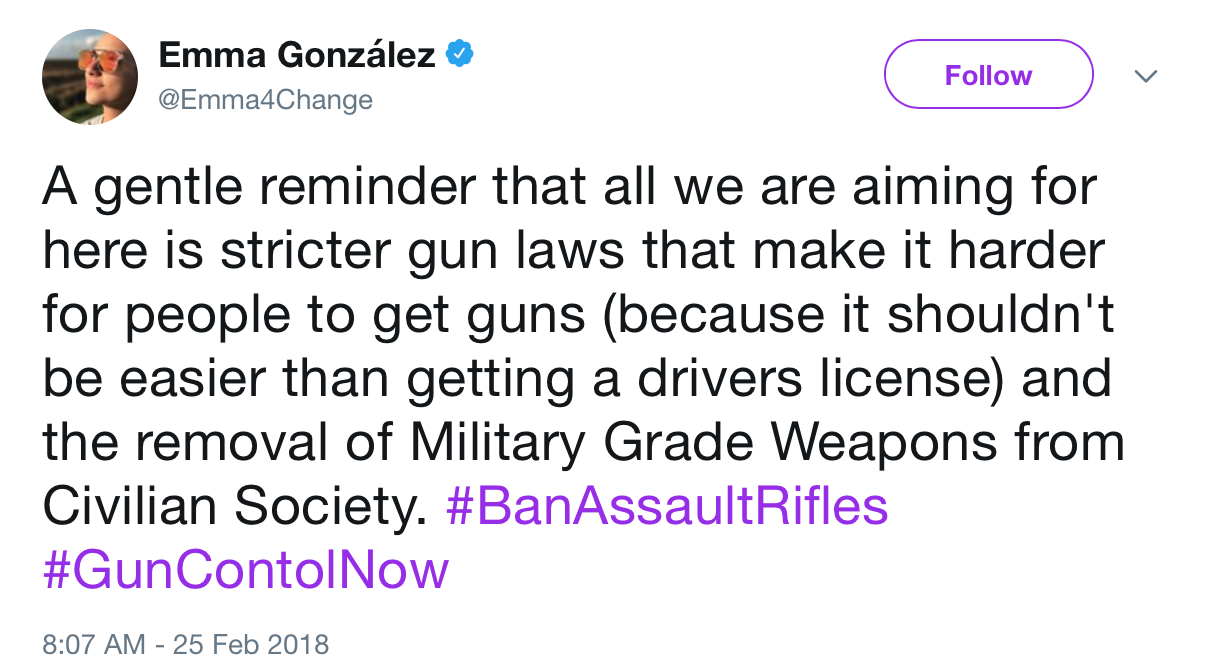A Day "After"
I found a Tweet this morning that is really burning in my mind. The Tweet posted originally by @JustinAion is this:
A first year teacher asked me a question today. It shook me deeply.
I will ask you.
In your teaching career, how many times have you had a “day after”?
I admit that even as a retired teacher it shook me too. And so I started to think on that and, if I’m honest, cry a little.
There are days after that are both personal and local: the death of a former student, the death of a family member. There are the days when I’ve had a professional day after. The days after I lost it with a student and needed to apologize and start regaining their trust. There are those days after a local tragedy, like a devastating and life-stealing fire.
And there are the days after a national crisis.
Oh, those day-afters are among the most difficult.
Unfortunately, in my teaching time, there were many of those: the Challenger explosion, Oklahoma City, Columbine, 9-11, Newtowne.
I don’t believe that handling myself and addressing a “day after” was ever something I was comfortable with. And that, thank goodness, is how it should be. “Days after” should be an abnormality. Days after are mind-numbing and faith-stealing.
As a classroom community, it was important to find a safe space, free from judgement, to express questions and fears. That of course, takes time: time to build student/teacher norms and trust. I will always have a deep appreciation for Morning Meetings and was always grateful to have had the support from Administrators who recognized the value of Responsive Classroom.
Answering big questions from young children can be difficult and challenging. It takes courage to answer children’s questions, to calmly counter rumors and misconceptions with objectivity and facts. It also takes courage to admit when you yourself don’t understand what is transpiring or has happened. I have heard and read postings from several parents who, in this period of tele-education, express wonder and gratitude at the calm and gentle way educators are opening discussions and allaying fears about an event that they, too, are questioning.
There will undoubtedly and unfortunately always be “days after” for all of us. There is no remedy for how to get through - just lead with mindfulness and a caring heart.
It is what educators have always done.

